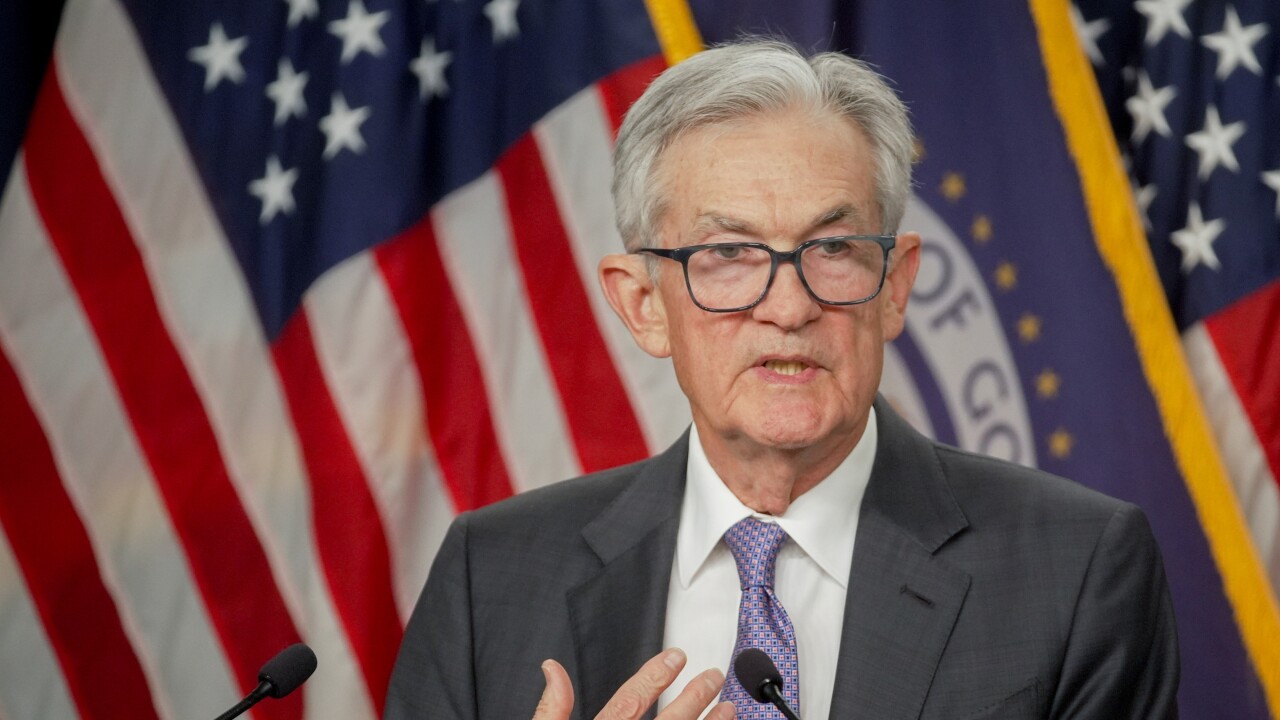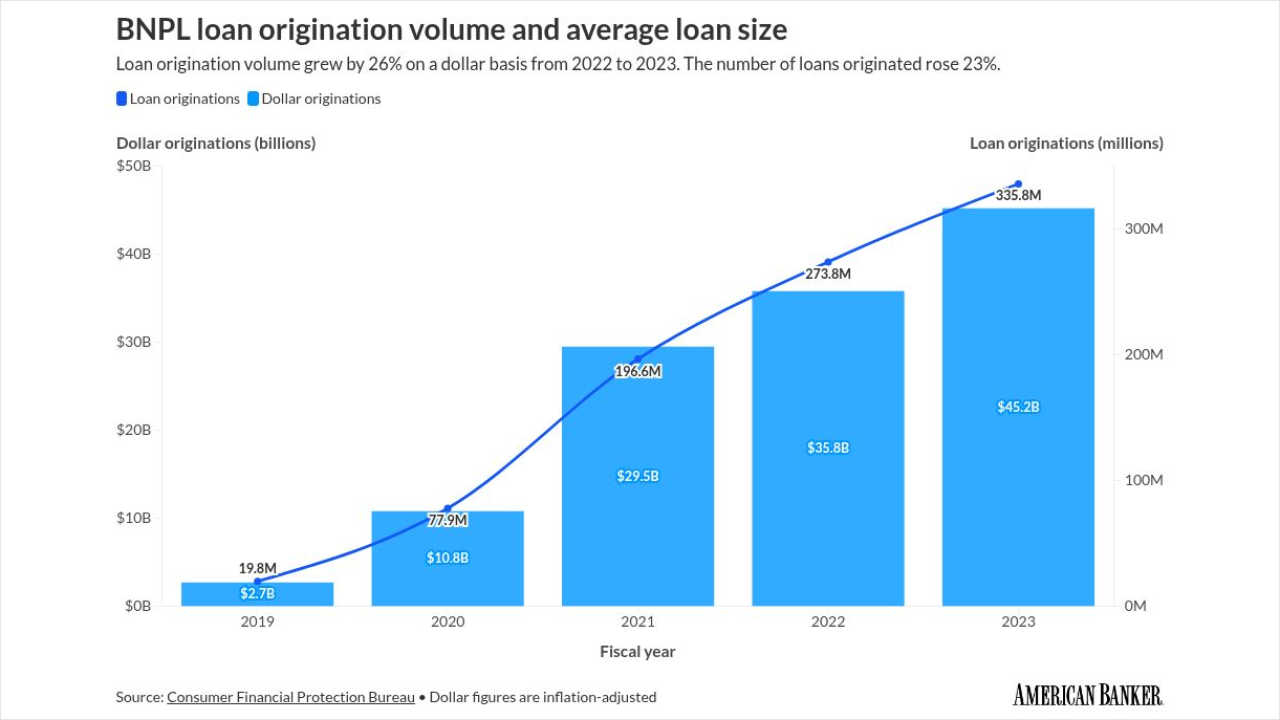This paper has run two thoughtful articles by
The recently released Treasury report on OLA, which bluntly criticizes its “serious defects” and the “unchecked administrative discretion” it provides to the government, deserves significant credit and attention. Governments are rarely so accommodating and thoughtful when it comes to limiting their own authority. The stakes are significant since by authorizing the government to place the parent companies of banks, securities firms, insurance companies and asset management complexes into FDIC receiverships, OLA is the equivalent of economic martial law.
Levitin, Klein, the Treasury and the Dodd-Frank Act offer different ways of handling large failing financial institutions that include OLA, a new Chapter 14 in the federal bankruptcy code or some combination of the two.

Another option, “do what it takes” — the one actually used in most previous financial crises in the last century — seems to have been dismissed from the discussion. It should not be.
Looking back on the panic of 1907, the stock market crash in 1929, the interest rate crisis in the early 1980s, the savings and loan crisis in the late 1980s or the financial crisis of 2007-2009, consumer confidence and economic stability were rebuilt each time by doing what was necessary at the moment.
Typically, that involved large financial institutions stepping up to assist, or the government using a variety of tools to stabilize them and the capital markets. In cases where taxpayer money was used, new management and boards were sometimes installed. From time to time, the government took equity interests in large banks and other financial companies — and usually saw a healthy return on those investments. The wide-scale liquidation of major financial companies that OLA prescribes has never been attempted.
As a general counsel who authorized more than 400 receiverships and conservatorships during the S&L crisis and sold many of those failed institutions to large banks, I am convinced that government officials will always tend toward doing what is necessary to support rather than dislocate markets. Recall that in 2008, the largest bank holding companies were compelled to accept capital assistance under the Troubled Asset Relief Program as a symbol of the government stabilizing the economy.
"Underlying this debate and analysis are important differences depending on who we want in control of the future of major financial institutions in a crisis."
Unfortunately, there are self-imposed constraints today on certain options. Dodd-Frank effectively limited or eliminated the very authorities that the Federal Deposit Insurance Corp. and the Federal Reserve Board employed to provide targeted financial assistance to large financial companies in the last crisis. In addition, anything that resembles a taxpayer-funded bailout is considered to be off limits. To the extent that those rules limit the ability to solve the next financial crisis, they make little sense.
The wide-scale sale and liquidation of more than just a few of the largest financial companies would differ from the solutions employed in any previous financial crises in this country’s history. That fact alone should be enough to declare a “do-over” as the Treasury has done and encourage policymakers to initiate the cold, hard, data-driven analyses that have never been done on this subject.
Indeed, underlying this debate and analysis are important differences depending on who we want in control of the future of major financial institutions in a crisis. For example, in an FDIC receivership, the FDIC has virtually unfettered authority. No court oversees it or the disposition of the failed company’s assets and liabilities and creditors do not have a formal role in the proceeding. Most significantly, the law protects an FDIC receiver from actions by creditors, shareholders or any other party to restrain or affect its actions. The Treasury proposal would change that by giving companies, creditors and shareholders greater representation and increased rights to participate and assert their legal and financial interests in a more traditional federal bankruptcy proceeding under the supervision of a federal bankruptcy judge.
But Levitin concludes that the new Chapter 14 proposed by the Treasury is unworkable, because there are no viable mechanisms to finance such huge bankruptcies, foreign regulators would ring-fence the assets of global companies within their jurisdictions and the market discipline imposed by a bankruptcy would be too disruptive. Those are indeed formidable issues, though not insurmountable. The Treasury report addresses these issues, recognizing that there is much work to be done.
In the final analysis, perhaps none of this matters. If we asked any of the government officials who played key roles in any crisis in the last 50 years, they would likely say that they would do whatever is necessary to prevent the economy from melting down. Professor Levitin notes that prudent government decision makers will “always foam the runway and deal with the political and legal fallout later.” That is indeed what has always happened. But since we probably have the time — and the issues are on the table — policymakers should use this opportunity to ensure that the government and its regulators have whatever emergency foam they will need to cushion the economic runways in the next economic meltdown.





